Urinary System: The urinary system, also known as the renal system, plays a crucial role in maintaining the body’s internal balance. It helps eliminate waste products, regulate fluid and electrolyte levels, and control blood pressure. By understanding the urinary system’s structure and functions, we gain insights into the intricate processes that keep our bodies healthy.
The Urinary System: An Overview
The urinary system comprises a set of organs responsible for the production, storage, and elimination of urine. This system helps regulate the body’s internal environment by maintaining proper fluid balance and eliminating waste products generated during metabolism.
Structure of the Urinary System
The kidneys, a pair of bean-shaped organs located on either side of the spine, are the central players in the urinary system. They are responsible for filtering waste products, excess substances, and toxins from the blood to produce urine. Each kidney consists of millions of tiny filtering units called nephrons, which efficiently carry out the filtration process.
Structure of Kidney
Kidney is located in the abdomen one on either side of the vertebral column,
Renal Artery: Transports oxygenated blood from the heart and aorta to the kidney for filtration
Renal Vein: Transports filtered and deoxygenated blood from the kidney to the posterior vena cava and then the heart
Renal Column: A passageway located between the renal pyramids found in the medulla and used as a space for blood vessels
Nephron: The physiological unit of the kidney used for filtration of blood and reabsorption and secretion of materials
Capsule: The outer membrane that encloses, supports and protects the kidney
Cortex: The outer layer of the kidney that contains most of the nephron; main site for filtration, reabsorption and secretion
Medulla: inner core of the kidney that contains the pyramids, columns, papillae, calyces, pelvis and parts of the nephron not located in the cortex; used for salt, water and urea absorption
Renal Pyramids: Triangular shaped units in the medulla that house the loops of Henle and collecting ducts of the nephron; site for the counter-current system that concentrates salt and conserves water and urea
Renal Papilla: The tip of the renal pyramid that releases urine into a calyx
Calyx: A collecting sac surrounding the renal papilla that transports urine from the papilla to the renal pelvis
Renal Pelvis: Collects urine from all of the calyces in the kidney
Ureter: Transports urine from the renal pelvis to the bladder. It is slender tubes that transport urine from the kidneys to the urinary bladder. The ureters use a peristaltic motion to propel urine forward, ensuring it reaches the bladder for storage.
Urinary Bladder: The urinary bladder is a hollow, muscular organ that stores urine until it is ready for elimination. Its expandable nature allows it to accommodate varying amounts of urine. When the bladder reaches a certain capacity, nerve signals trigger the sensation of needing to urinate.
Urethra: The urethra serves as the exit pathway for urine to leave the body. It extends from the bladder to an external opening. In males, the urethra also plays a role in transporting semen during ejaculation.
Functions of the Urinary System
Waste Filtration and Elimination: One of the primary functions of the urinary system is to filter waste products, such as urea and creatinine, from the blood and expel them from the body as urine. This process prevents the accumulation of harmful substances in the bloodstream.
Fluid and Electrolyte Balance: The urinary system helps regulate the body’s fluid balance by adjusting the volume and concentration of urine produced. This function is essential for maintaining proper hydration and electrolyte levels, which are vital for various bodily functions.
Blood Pressure Regulation: The kidneys play a crucial role in regulating blood pressure. They release renin, an enzyme that triggers a series of reactions leading to the constriction of blood vessels and the retention of sodium. These actions help increase blood pressure when it’s too low.
Conclusion
In conclusion, the urinary system is a remarkable network of organs that play a pivotal role in maintaining the body’s internal equilibrium. From waste elimination to fluid balance and blood pressure regulation, its functions are diverse and essential.
Frequently Asked Questions (FAQs)
1. How do the kidneys filter the blood?
The kidneys filter the blood through tiny units called nephrons, which contain glomeruli responsible for filtering waste and excess substances.
2. Can kidney diseases affect blood pressure?
Yes, kidney diseases can disrupt the regulation of blood pressure, leading to conditions like hypertension.
3. What is the importance of maintaining electrolyte balance?
Electrolytes are essential for various bodily functions, including muscle contractions and nerve signaling. Maintaining their balance is crucial for overall health.

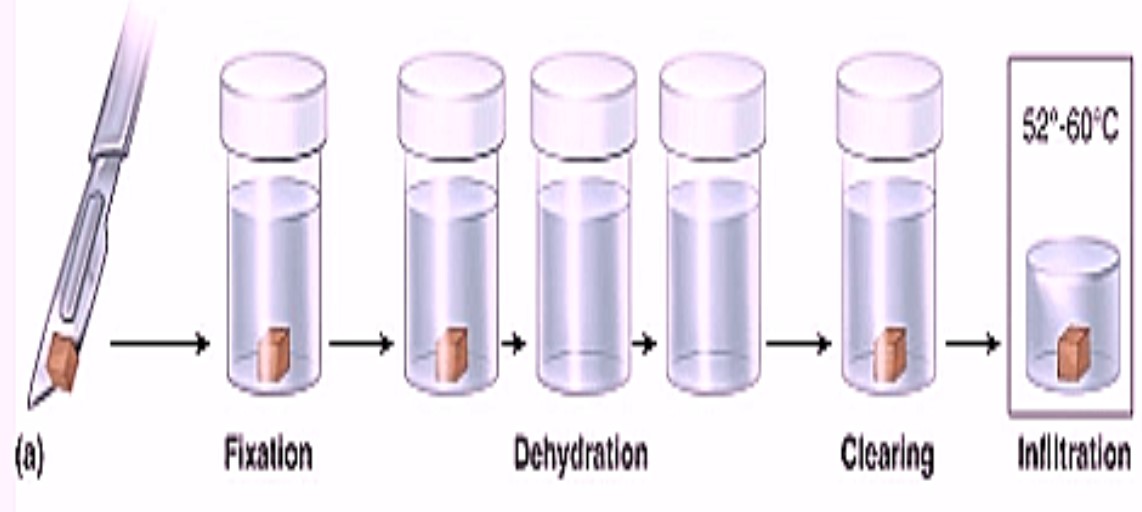

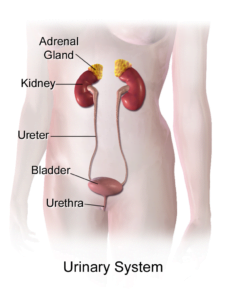
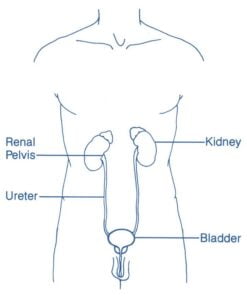
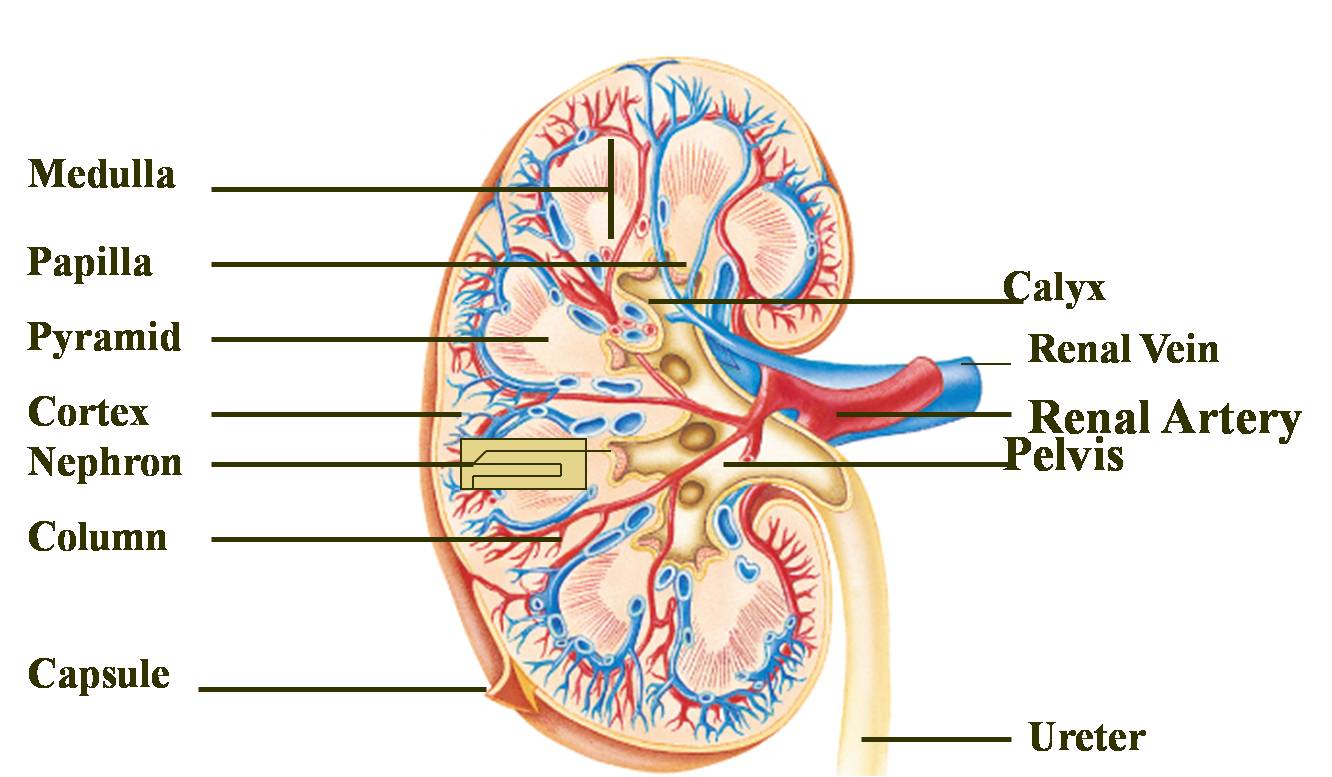
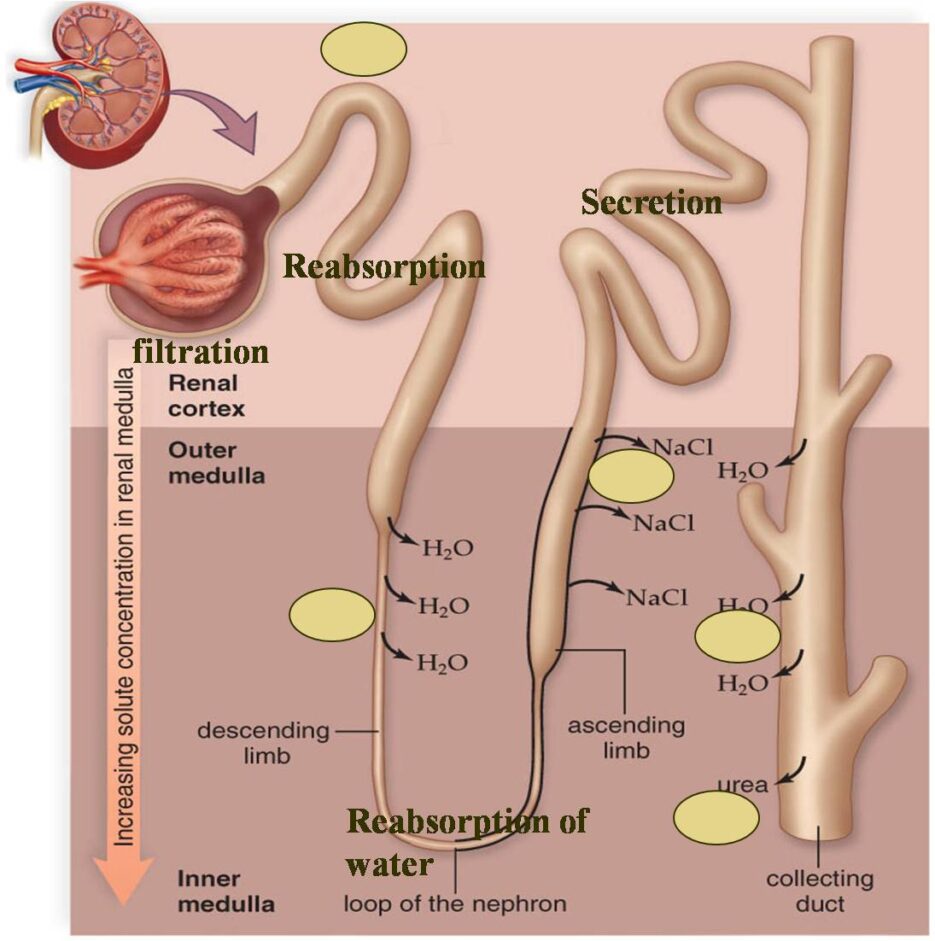


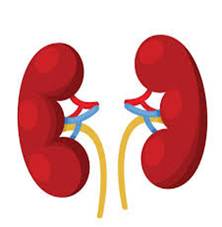
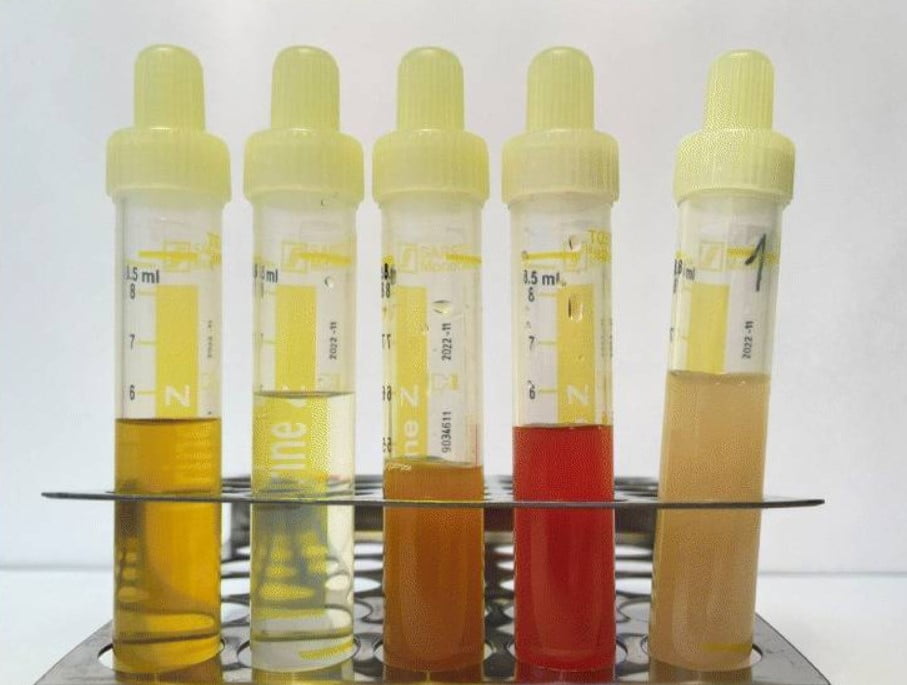
Excellent keep it up